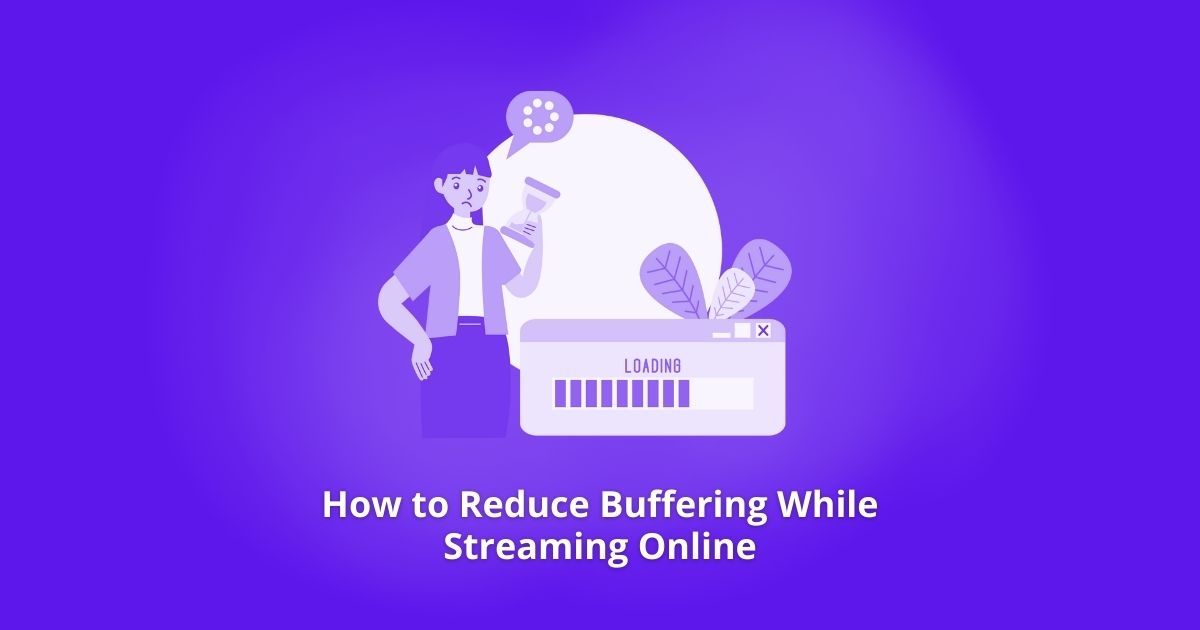Stream buffering often affects users through delays and interruptive events that frequently interrupt streaming sessions. Watching movies or events along with all types of online videos becomes challenging because of buffering interruptions that disrupt smooth content playback.

The most common causes of buffering include sluggish internet connection speeds together with network traffic volumes and hardware device functionality. When these problems get resolved streaming quality will experience noticeable improvement together with shorter delays.
Reaching the best streaming outcomes needs users to manage an established high-speed internet connection through their homes. To reduce buffering you need both the correct internet plan selection along with network optimization and proper device configuration. People who grasp how processing speed affects streaming quality can enhance their streaming experience by performing the needed improvements.
Improving Internet Speed for Better Streaming
Slowness in internet speed stands as one of the key elements that leads to buffering problems. The streaming platforms need specific connection speed levels to provide uninterrupted video delivery. The video will stop periodically for loading whenever the internet connection speed remains below the specified threshold. Moving to a speedier internet plan based on fibre technology ensures a better flow of data which ultimately reduces buffering. Fibre internet delivers fast speeds with minimal delay which provides the best performance for delivering top-quality streaming content.
Making use of an internet speed test enables users to check if their current connection provides enough bandwidth for streaming purposes. Slow internet speed may improve after a reboot of the modem and router system. Experienced users can contact their ISP to look for network problems and upgrades which will improve streaming quality. The stream will remain free of buffering interruptions and operate smoothly due to having a strong connection that moves at high speeds.
Optimizing Wi-Fi Performance for Smoother Streaming
Water has the power to determine how well streaming operates. The quality of Wi-Fi connection affects buffering even when the internet speed satisfies requirements. A router positioned in the middle part of the house should improve wireless signal quality for all areas of the household. An improved Wi-Fi performance emerges when people avoid placing physical barriers in the way of the signal such as walls and furniture and electronic devices.
Your streaming performance will improve with dual-band or tri-band routers in modern networks. A device connection oriented to the 5GHz band will provide faster speed performance combined with reduced interference compared to the 2.4GHz band. Using an Ethernet cable produces the most reliable connection while streaming because it removes the disruptors found in Wi-Fi signals ensuring continuous streaming performance. A well-established Wi-Fi system worked correctly will decrease streaming interruptions while simultaneously boosting video quality.
Managing Network Traffic to Reduce Buffering
Multiple devices accessing the same internet connection at once creates streaming speed reductions that might result in interruptions and buffering. The bandwidth used by online gaming sessions as well as video calling and large file transfers eats up available streaming resources on the internet connection. The prevention of slowdowns becomes possible when users restrict background activity alongside scheduling their large downloads outside streaming times.
Users who own certain routers can use built-in settings for managing traffic and giving streaming preferences above regular operations. Users who enable quality of service settings will ensure that their streaming platforms obtain sufficient bandwidth even if they have multiple active devices. Streamed content will smoothly load without interruptions because network congestion reaches lower levels.
Adjusting Streaming Settings for a Better Experience
Streaming services provide multiple video quality adjustments that relate to existing Internet speeds. Reducing streaming resolution levels will minimize buffering problems that occur because of unstable network connections. Your platform will change the video quality dynamically according to the current bandwidth through its automatic settings option.
The update of streaming apps and devices leads to better network optimization through their compatibility enhancement. Performing periodic cache deletion and device restarts helps to improve system performance. The implementation of these specified optimizations will result in continuous stable streaming while reducing buffering interruptions.
Choosing the Right Internet Plan for Streaming Needs
Home Internet service providers deliver plans at different speed rates which determine bandwidth capacity. Users who experience heavy simultaneous streaming need to choose faster internet plans because they avoid buffering interruptions. Households that need high bandwidth streaming prefer optical fibre plans for their speed superiority and reliability over traditional cable and DSL.
Those who wish to prevent buffering issues can check with their internet provider to find the most suitable streaming plan. Switching to an unlimited data plan maintains your speed levels since it abolishes data threshold limits from your connection. Customers who choose the suitable streaming plan will achieve consistent playback without service interruptions.
Conclusion
Obtaining buffer-free streaming depends on utilizing a quick internet connection at home together with sufficient Wi-Fi signal quality and appropriate network maintenance. The installation of fibre internet together with proper router placement and network traffic management methods will stop streaming delays and interruptions. Custom-streaming configuration together with the selection of proper internet plan provide advanced video playback capabilities. Users who implement these necessary adjustments will achieve continuous streaming with no buffering interruptions.